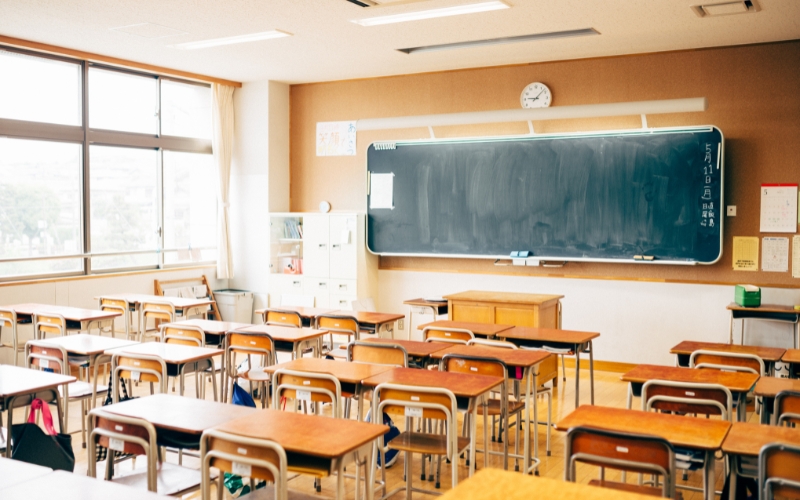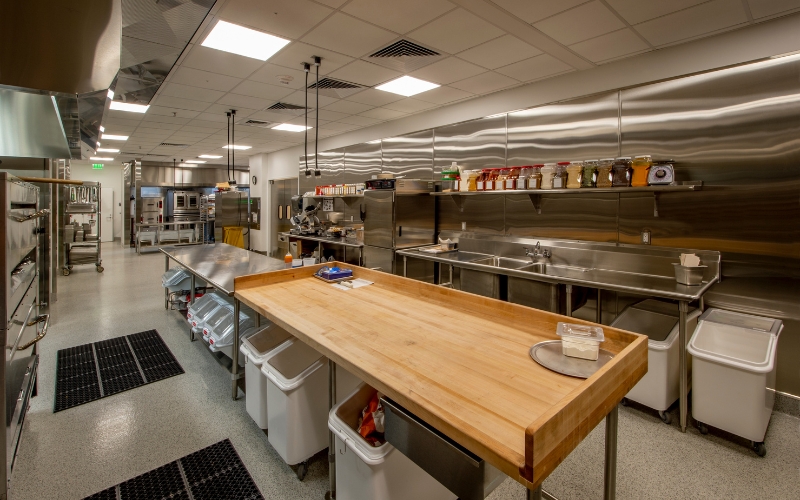Classroom air quality concerns are at an all-time high, with educators and parents increasingly alarmed by how poor indoor air impacts student health and learning. The Fellowes 2024 survey highlights the depth of this issue. Nearly 90% of teachers believe their classroom air is unhealthy, linking it to respiratory issues, fatigue, and higher absenteeism. Putting an emphasis on improving air quality in schools can and will help.
As more attention is placed on indoor environmental quality, schools must rethink their approach to air safety. Traditional HVAC systems alone aren’t enough to combat airborne pollutants and pathogens. Addressing classroom air quality concerns requires innovative, continuous solutions that actively improve indoor environments.
What the Fellowes Survey Revealed About Air Quality in Schools
Educators participating in the survey shared major concerns about how poor air quality affects their daily routines and student performance. The key findings include:
- Health Issues Among Students and Teachers – Teachers reported frequent headaches, allergies, and respiratory discomfort, all linked to poor ventilation and airborne pollutants.
- Decreased Focus and Learning Efficiency – High carbon dioxide (CO2) levels and particulate matter in the air have been shown to reduce concentration and cognitive function, directly impacting student learning.
- Increased Absenteeism – Poor air quality contributes to illness, leading to more sick days for both students and teachers, ultimately disrupting education.
These classroom air quality concerns are not just about comfort. They have long-term implications for student success and overall well-being.
Why Traditional Air Filtration Isn’t Enough
Many schools rely on aging HVAC systems to manage airflow, but these systems are often not equipped to filter out fine particles or neutralize airborne microbes. While improving ventilation can help, it doesn’t fully address the issue of persistent contaminants in the air and on surfaces.
The Fellowes survey underscores the limitations of conventional approaches. Schools need proactive air purification methods that continuously reduce microbial presence, allergens, and airborne pollutants in real time.
Proactive Air Purification: A Solution for Improved Air Quality in Schools
As concerns about classroom air quality continue to grow, schools are looking for long-term solutions. Advanced air purification technologies, such as Synexis’ patented Dry Hydrogen Peroxide (DHP®), provide continuous microbial reduction, helping to address airborne and surface contamination effectively. Unlike passive filtration, DHP actively reduces viruses, bacteria, mold, and allergens in indoor spaces.
By integrating proactive air purification with improved ventilation and hygiene protocols, schools can create healthier classrooms, ultimately enhancing student performance and reducing absenteeism.
The Future of Classroom Air Quality
The rise in classroom air quality concerns is prompting schools to take action. The data is clear. Poor indoor air quality affects student health, academic performance, and teacher retention. Investing in continuous air purification isn’t just a response to current challenges; it’s a proactive step toward a safer and healthier learning environment.
As schools work to improve indoor air quality, innovative solutions like DHP® technology offer a reliable way to address these challenges. Cleaner air leads to better learning outcomes, fewer illnesses, and a more productive educational environment. With a growing body of research supporting the importance of air quality in schools, now is the time to act.
To speak with an IAQ expert from Synexis, fill out this form and we’ll be in touch as soon as possible.
And to learn more about Synexis, click here.










